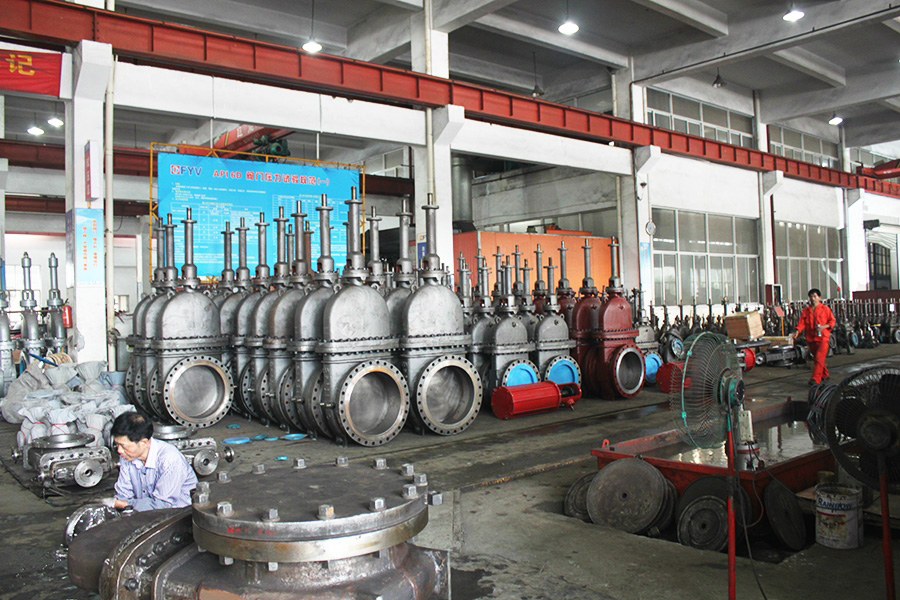2025-07-25
In many fluid control systems, equipment selection depends heavily on performance under pressure, consistency in sealing, and the ability to maintain operation across a range of conditions. One component drawing increased interest from system operators is the bi directional butterfly valve.

Unlike conventional valves designed for one-way flow, the bi directional butterfly valve offers symmetrical sealing. This trait allows system designers and operators to streamline pipeline layouts, reducing the need for additional fittings. In complex configurations where space is limited or pipe routing needs to be simplified, this valve provides a more practical alternative without compromising the sealing performance that operators require.
Parallel to this, the expanding gate valve continues to maintain a presence in applications where positive shut-off and mechanical expansion are essential. This valve type is built around a mechanism that physically expands the gate against the seat when closed, producing a tight seal. The pressure-independent nature of this sealing method ensures consistent shut-off, regardless of flow conditions or debris presence.
Some industries have begun to integrate both the expanding gate valve and the bi directional butterfly valve into the same system for different stages of control. For example, in storage terminals and transfer stations, the butterfly valve may serve daily flow management functions, while the gate valve acts as a primary shut-off device. By using each valve in its lots of appropriate context, operators can balance flexibility with mechanical certainty.
The rise in demand for better sealing has prompted more detailed evaluation of valve characteristics beyond simple pressure and temperature ratings. The bi directional butterfly valve is particularly appealing where maintenance access is restricted. Its compact design and lower torque requirements contribute to ease of use, which can be important during manual or automated operation. These valves are also being employed in systems where reversing the flow is part of regular process cycles.
Conversely, the expanding gate valve is favored in environments where tight shut-off is necessary over long periods without actuation. Its mechanical expansion function does not rely on line pressure, making it suitable for applications that require isolation even when the system is depressurized. In underground pipelines and hazardous material containment, this independence from pressure aids in risk management.
Manufacturers have been refining materials and internal configurations to suit evolving expectations from operators. In response, both expanding gate valve and bi directional butterfly valve options now include a broader range of seat and disc materials. These enhancements allow the valves to perform under more challenging media conditions, such as slurry, steam, or corrosive substances, without excessive wear.
In new installations and system upgrades, the combination of these two valve types allows for tailored control strategies. While the bi directional butterfly valve brings flow control and bidirectional sealing in a compact frame, the expanding gate valve delivers high-integrity shut-off for safety-critical applications. When used together, they offer a level of versatility that aligns with the operational demands of many industrial sectors.
As expectations for durability, maintenance intervals, and reliability evolve, the role of valve selection becomes more central to system planning. The balanced application of both expanding gate valve and bi directional butterfly valve technologies supports a shift toward more resilient and efficient infrastructure—especially where sealing performance cannot be compromised.